
Peru’s southern highland provinces are so packed with the ruins of Inca civilisation that sometimes it feels you can’t go anywhere without stumbling across one. It is only by visiting them and seeing for yourself the sheer number of constructions and the skill that their builders possessed, that you can appreciate the advancement of the Inca civilisation. At its height, it covered as many territories as the Roman Empire, and despite their eventual defeat to the Spanish, you can’t help but feel that in terms of power and sophistication, they were close rivals to the Europeans of the time.
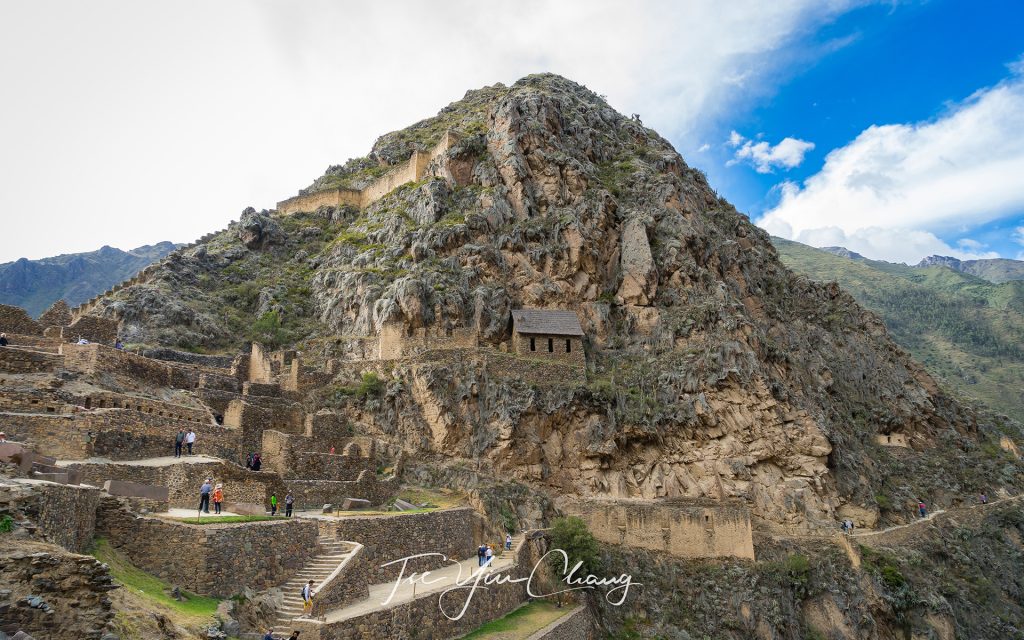
We had just taken in Cusco, their empire’s capital, and were planning to make our way to Machu Picchu. It was tempting to head straight there, but between these two sites is a place nobody should miss. The Sacred Valley of Urubamba was one of the Inca’s most important places and, as such, it has a particularly high number of impressive ruins. We decided to take a day taking in the sites of the valley.

This valley was important to the Incas, not just because of its proximity to their capital, but also due to the relatively lower altitude. In a place as high up as this part of Peru, this is a rarity. Because of this, the valley could be farmed more intensively than elsewhere, and corn, an uncommon and important status food for the Inca elites, could thrive. Its fertility was aided by the Urubamba River which flows along the valley floor. As the valley grew in importance, several towns sprung up and the valley became one of the favoured retreats for the elites and the emperor himself. The rich and powerful started to build large estates for themselves, so that they could escape from the city to relax from time-to-time.
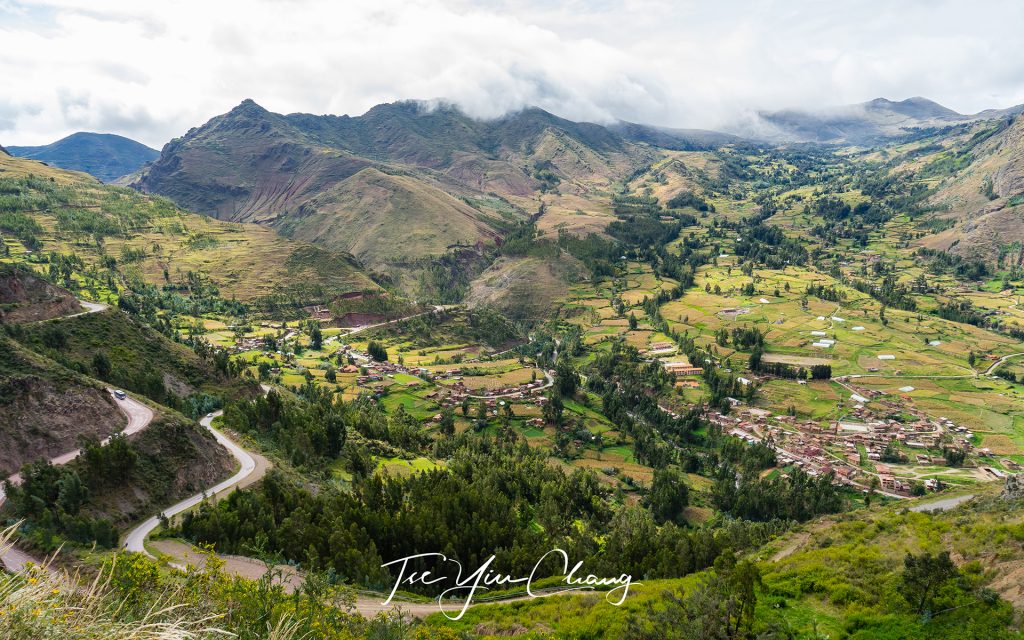
Our first stop was Pisac, located at a strategic position at the head of the Sacred Valley. The small town of Pisac is still inhabited by the Quechua speaking descendants of the Inca. During the height of their ancestor’s empire however, it was a thriving town, so large that its remains are spread out across four separate complexes.

Pisac’s main purpose was to guard the southern end of the valley, protecting both its precious agricultural land, and the heartland around Cusco from invaders. It is theorised that the main threat were the Asháninka people who lived down in the jungle on the eastern foothills of the Andes. These people resisted Inca conquest fiercely and may have launched raids up into the mountains.

Pisac’s main attractions can be found up in the hills overlooking the village from the north. The first site we visited was Intihuatana – the sun temple. Inti was the favourite god of the Inca and he was associated with the sun. Here the name refers to the temple as a whole, but there are many Intihuatanas in Peru, and usually they take the form of a sacred stone which, when combined with the light of the sun, functioned as a type of clock or calendar. This one aligns with the sun during the June solstice, and within the temple there, is also an altar and a sacred spring. The temple is another fine example of the famous Inca stonework on display. Its location high up on the ridge gives it commanding views of the valley below.
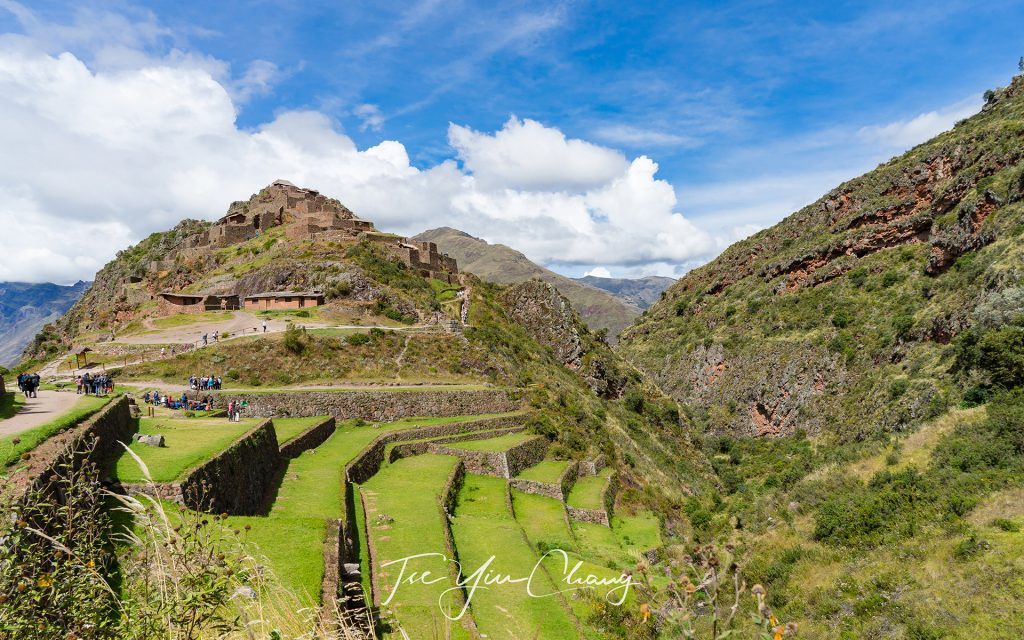
A little further down the slope is Q’allaquasa. This was the main Inca settlement where the majority of the ruins are of the houses which were occupied by the settlement’s ordinary inhabitants. Despite not being grand constructions, they are still impressive thanks to their position on the crown of a hill. To maximise the land available for agriculture, the Inca carved out dramatic terraces from the hillside, reminiscent of those in Eastern Asia. These still exist today, and some of the most impressive surrounding Q’allaquasa.

The final site we saw at Pisac was Kinchiraqay. Perched precariously on the side of the hill, these red stone buildings were the grain stores where precious corn was kept. Stacked one on top of the other, their charm is completed by the sloping thatched roofs, and as with almost every site in the Sacred Valley, the sweeping views their position gives.

We moved on towards the town of Urubamba for lunch. Urubamba is one of the larger towns in the valley with a population of less than 3,000. It is situated at a spot where the valley opens up and provides enough space for a town, as well as for agriculture. On our way there we were treated to more of the valley’s striking scenery. Following the river along the valley floor, we were treated to an endless procession of pastoral fields bounded by towering peaks.

After lunch we continued up the valley until we reached the region’s other major set of ruins. Just as Pisac guards the southern entrance to the valley, Ollantaytambo, also known as Ollanta by the locals, was designed to stop potential attacks from the north. The site was occupied long before the Inca arrived, however it was Pachacuti, considered as the most successful Inca emperor, who really transformed it into a significant place. He decided to set it aside as his personal estate after he had brought it into the empire.

Here he constructed temples, defences and agricultural terraces, prompting the development of a town to house the workers of his estate. That town was largely demolished by the Spanish, but the rest of Pachacuti’s work has been preserved, albeit in ruined form. It is not hard to picture how grand this place must have been, despite its abandoned state.
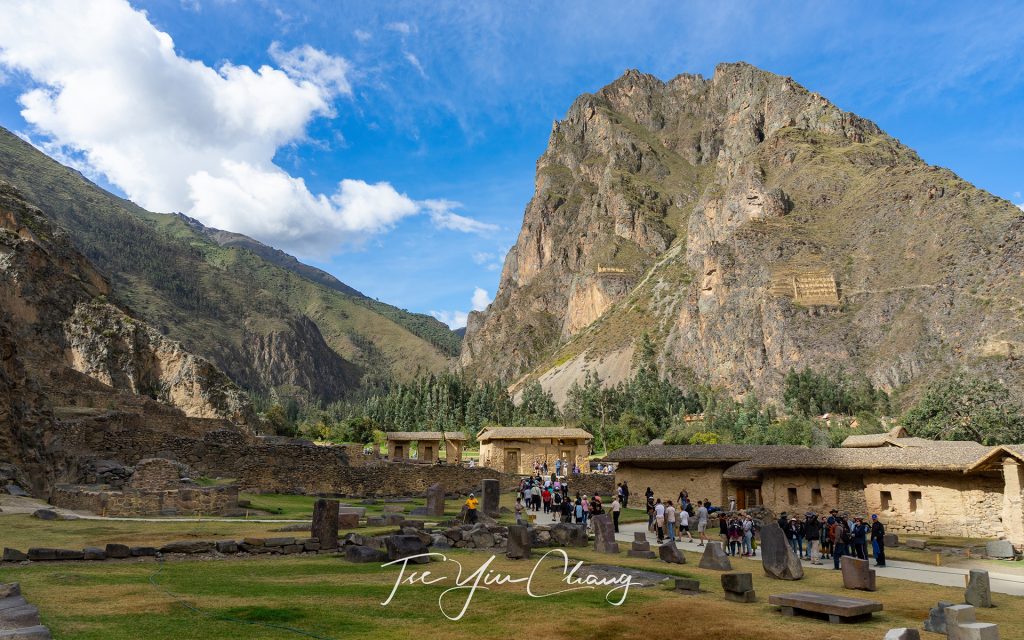
The famous and impressive Inca stonework is on display everywhere, and some buildings are almost complete, apart from a lack of roofs. Structures like the wall of the six monoliths, which forms part of the temple complex, demonstrate the highly developed engineering skills that the Inca possessed. Built from stones weighing more than fifty tonnes each, it’s a mystery how they managed to drag them up to this inaccessible spot. Archaeologists believe that the temple was never actually finished, and it is thought that Ollantaytambo was in the midst of a renovation when the Spanish turned up and terminated the construction.
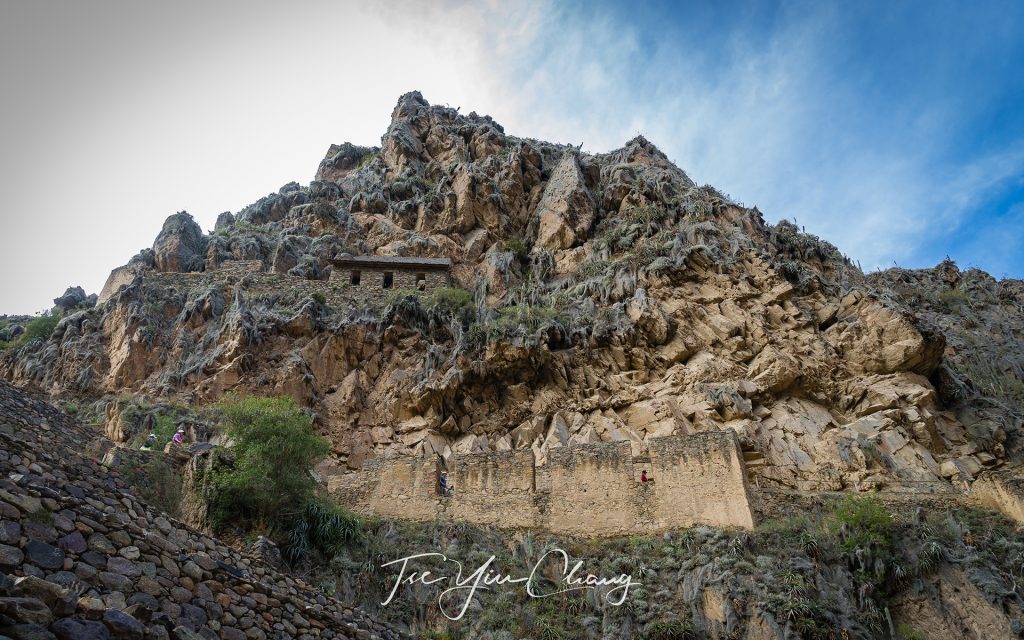
Clearly its defences turned out to be of no use against the Europeans, but that doesn’t mean that they were not formidable. Smaller fortifications dot the hills around the main site (as do grain storehouses and quarries from which the building stone was obtained), and the Inca even diverted a stretch of the river so that it ran across the valley floor rather than along it. This gave invaders another obstacle to navigate. Like at Pisac, the hills leading up to the ruins have been extensively modified to create stepped terraces, and while those at Pisac are bigger, these are unquestionably neater.

We were dropped at the Ollantaytambo Station in the afternoon and boarded the train to Aguas Calientes. If it wasn’t for the fact that this is the closest settlement to Machu Picchu, this town would be of little importance, hidden away between the towering mountains. Much of the town has been given over to the tourism industry, and its streets are packed with visitors.
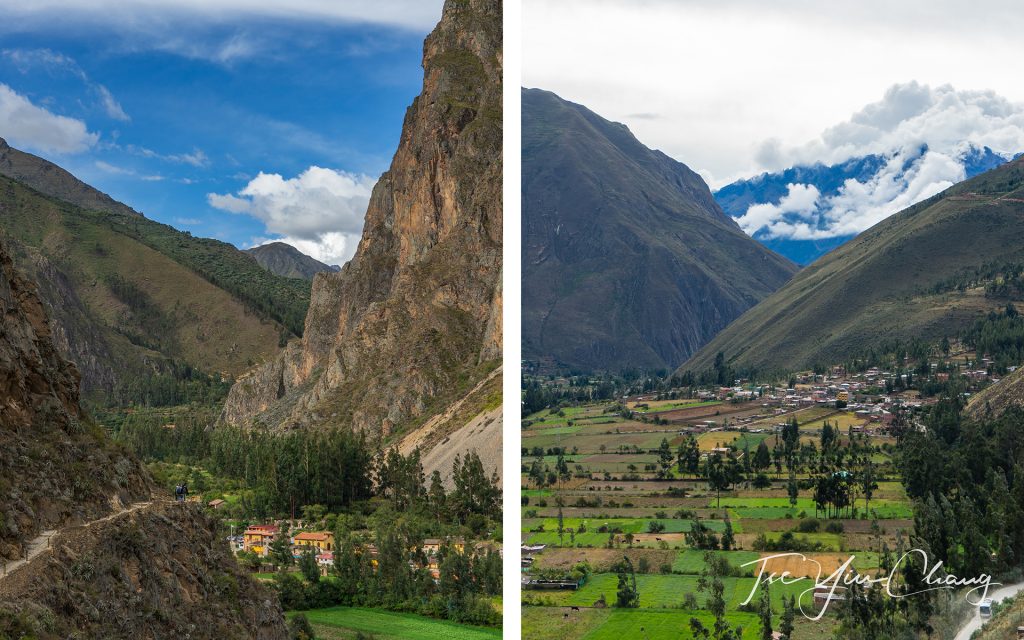
While the landscapes of the Sacred Valley are spectacular, Aguas Calientes is further up into the Andes, and, its setting is even more dramatic. The slopes are like walls, and the flat space beside the river where buildings can be constructed is limited. The result is a small, but bustling town, wedged improbably into every available bit of space. It was a pleasant enough place to spend the night, but like everyone else there we were more excited about what tomorrow had in store for us – the ruins of Machu Picchu.

See also:



